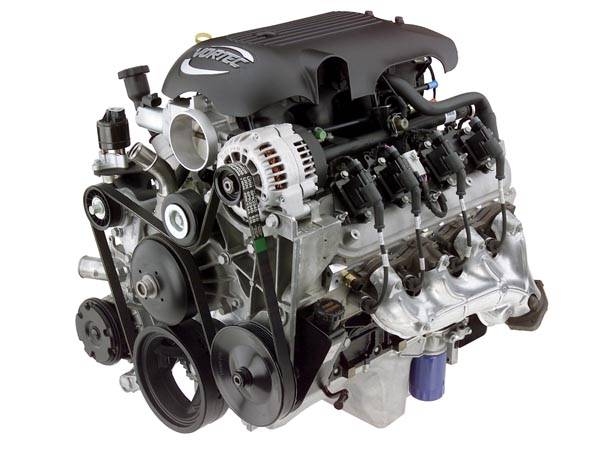
Drive belts provide locomotion for the various pumps and accessories under the hood that keep your car running. For this reason, you need to keep a close eye on them and their condition.
One can't overstate the importance of a drive belt. Although a simple part, it operates so many different aspects of a car that without it, the vehicle becomes useless and inoperable.
Ford lays claim to popularizing the current style of drive belt used in most models. Company material states engineer Jim Vance came up with a design for a single belt driving many accessories for the 1979 Mustang. Previously, car makers used several belts but even dealers complained of the complexities involved, and so a single drive belt became commonplace.
Symptoms include a vibration that increases as you accelerate, a rattling or creaking sound that's loudest when idling, and a whistling or humming noise that becomes especially apparent while turning. Fraying, tearing or cracking should be visible when inspecting the belt---you may also notice oil from the engine on the belt.
Check you car manual---drive belts need to be replaced regularly as stated by the manufacturer. Many mechanics recommend a new belt every 100,000 miles or as soon as symptoms begin.
Relative to its paramount role in proper car operation, the drive belt stands as a cheap and easy part to replace. On most cars, this job shouldn't take longer than 30 minutes or cost more than $60 at a budget shop (as of 2009).
Drive belts may also be referred to as serpentine belts because they snake their way across the front of the engine block. Another name is "accessory belt," due to the part's role in driving peripheral equipment such as pumps and the alternator.